4 Effective Methods to Switch from New Outlook to Classic View on Windows and Mac
The latest Outlook application for desktop features a contemporary and streamlined aesthetic that is more in line with the online version of Microsoft Outlook. While there are many benefits to using the new Outlook app, some users may still prefer the traditional layout of the classic version. Thankfully, you can easily revert the Outlook interface on your Windows or Mac computer back to the classic view.
If the new Outlook design feels too complex or lacks certain features you’re used to, you don’t have to stick with it. Here are some straightforward methods to transition back to the classic Outlook app on both Windows and Mac systems.
1. Disable the New Outlook Toggle (Windows and Mac)
Microsoft has simplified the process for users wishing to alternate between the new and classic Outlook versions. You can revert to the traditional version utilizing the same toggle you used to upgrade. Follow these steps:
Step 1: Launch the Outlook app on your computer.
Step 2: Switch off the toggle labeled New Outlook at the upper right corner. For Mac users, toggle on Legacy Outlook instead.
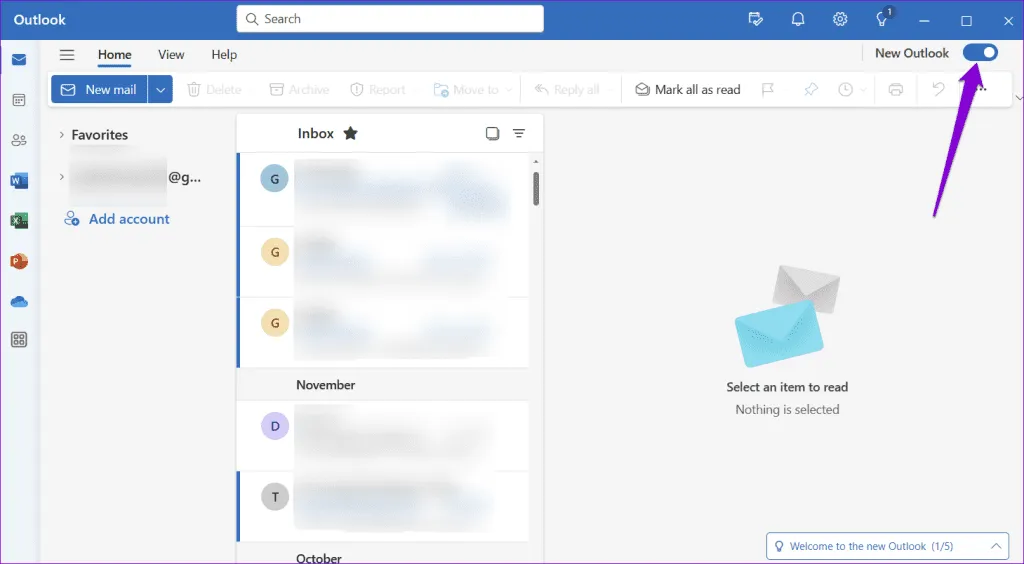
Step 3: You’ll be prompted to provide feedback to Microsoft; either complete the questions and submit, or opt out by selecting the Skip Feedback button.
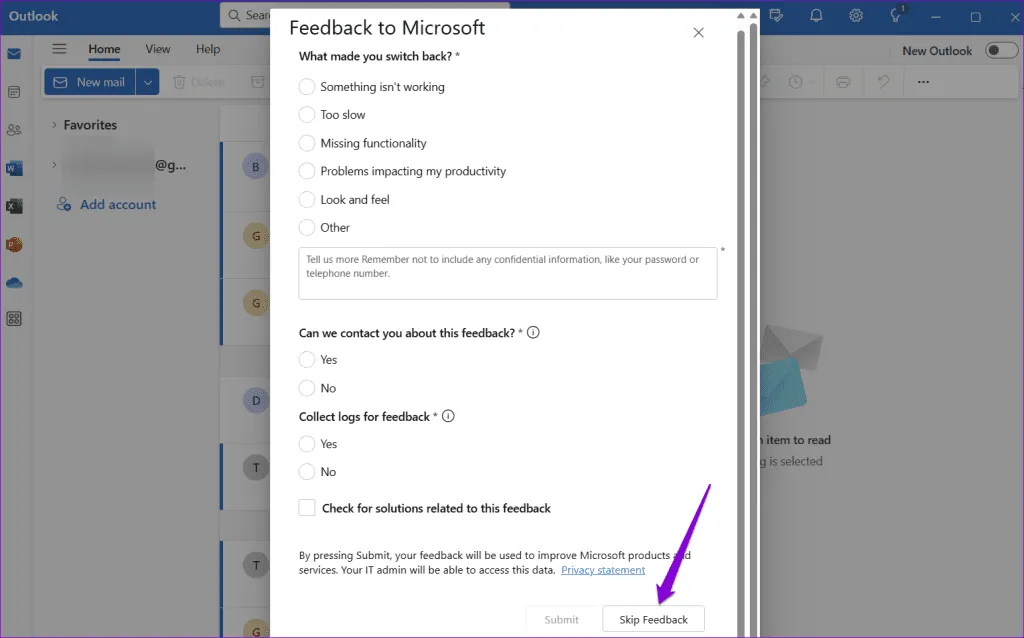
The Outlook app will close as you finish these steps. At that point, the user interface should revert on your device.
2. Utilize the ‘Revert to Legacy Outlook’ Option (Mac)
On Mac, you can switch back to the classic layout by selecting the ‘Revert to Legacy Outlook’ function. Here’s how you can do this:
Step 1: On your Mac, open the Outlook app, click on the Help menu at the top, and then select ‘Revert to Legacy Outlook.’
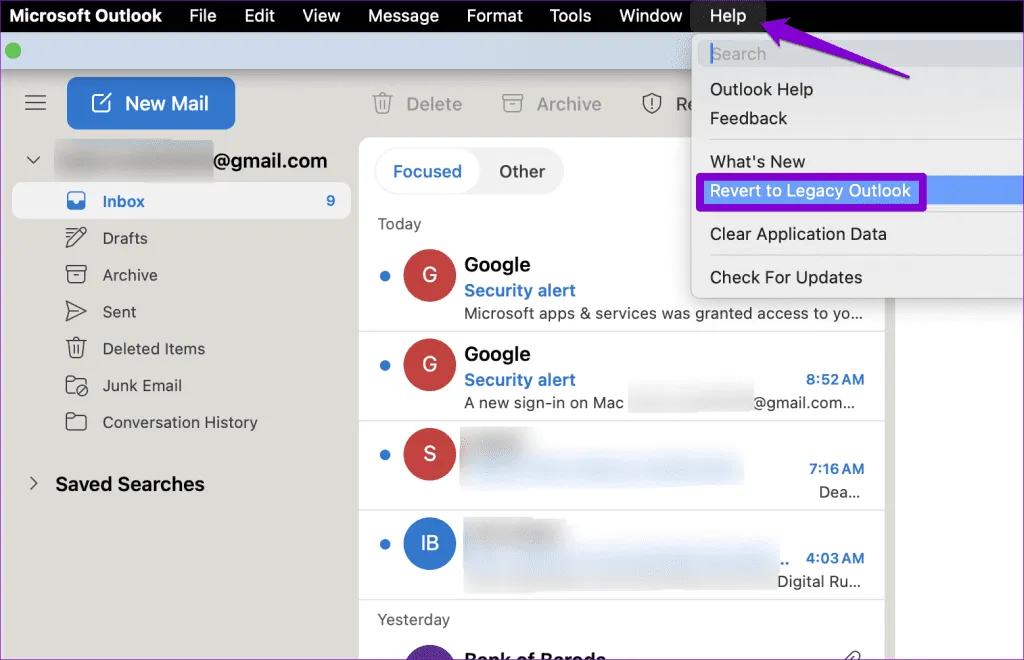
Step 2: Confirm your choice by selecting Revert.
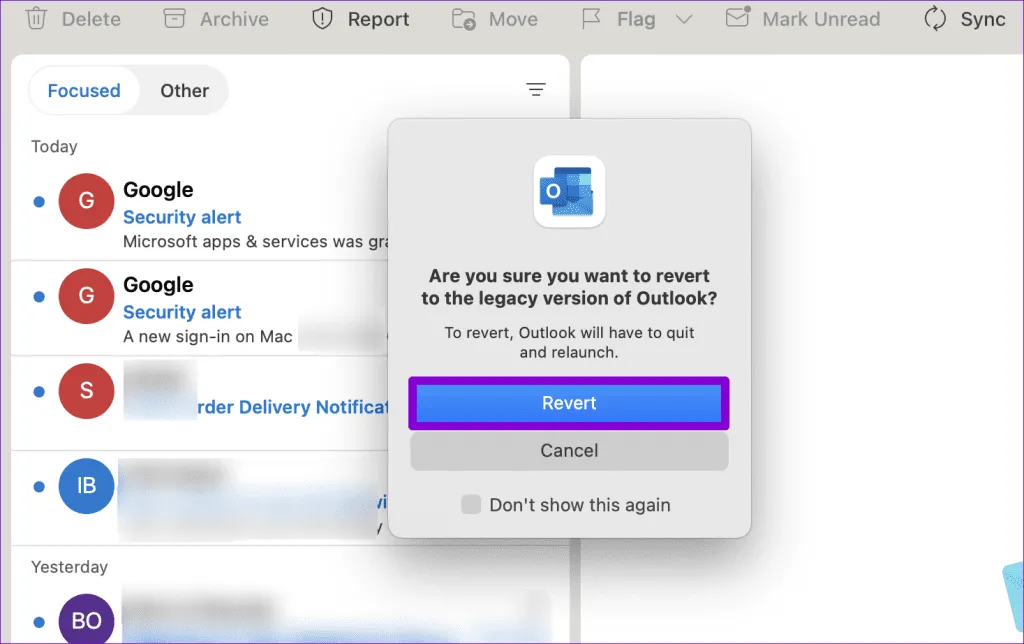
If the ‘Revert to Legacy Outlook’ option isn’t visible, navigate to the Outlook menu in the top left corner and uncheck the New Outlook selection. This will reset your Outlook view to default settings.
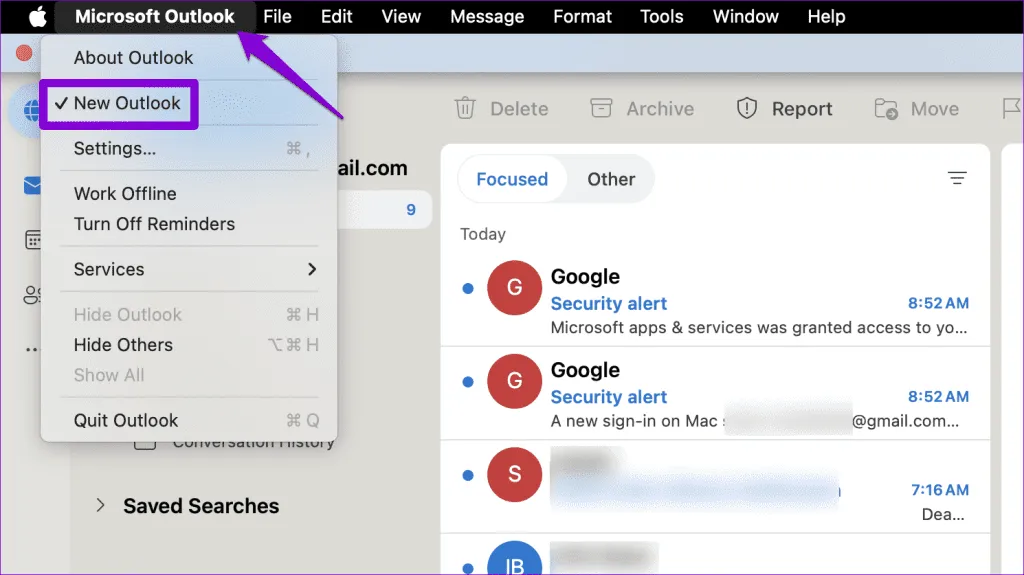
3. Modify the UseNewOutlook Registry DWORD (Windows)
If you are unable to locate the toggle to revert to the classic version, you can edit the registry settings on your Windows system to prevent it from launching or redirecting to the new Outlook app.
Registry files hold critical system settings, so it’s vital to back up these files or create a restore point. This precaution ensures you can reverse any changes if necessary.
Begin by entering ‘registry editor’ in the search box and select ‘Run as administrator’ from the results.
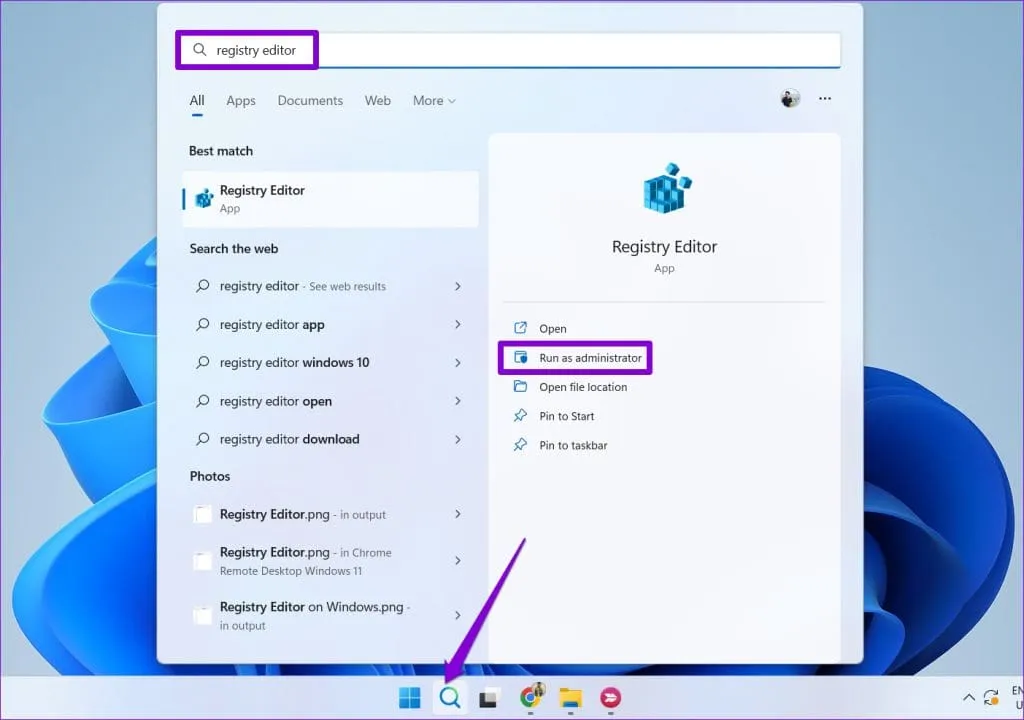
Step 2: When prompted by User Account Control (UAC), select Yes.
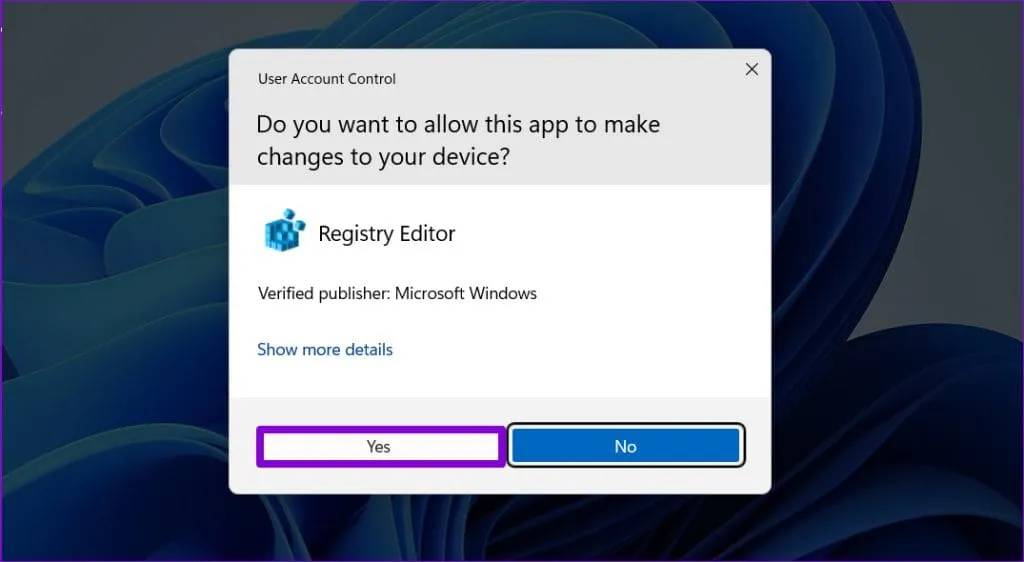
Step 3: Enter the following path into the address bar and hit Enter to reach the Preferences key:
HKEY_CURRENT_USER\SOFTWARE\Microsoft\Office\16.0\Outlook\Preferences
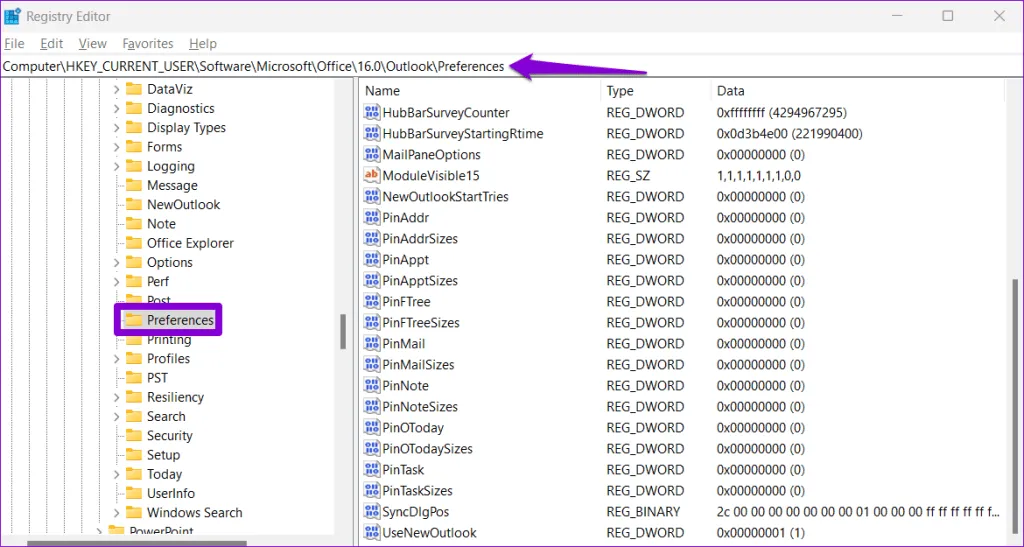
Step 4: Right-click on the UseNewOutlook DWORD in the right pane to modify it. Input 0 in the Value data field and click OK.
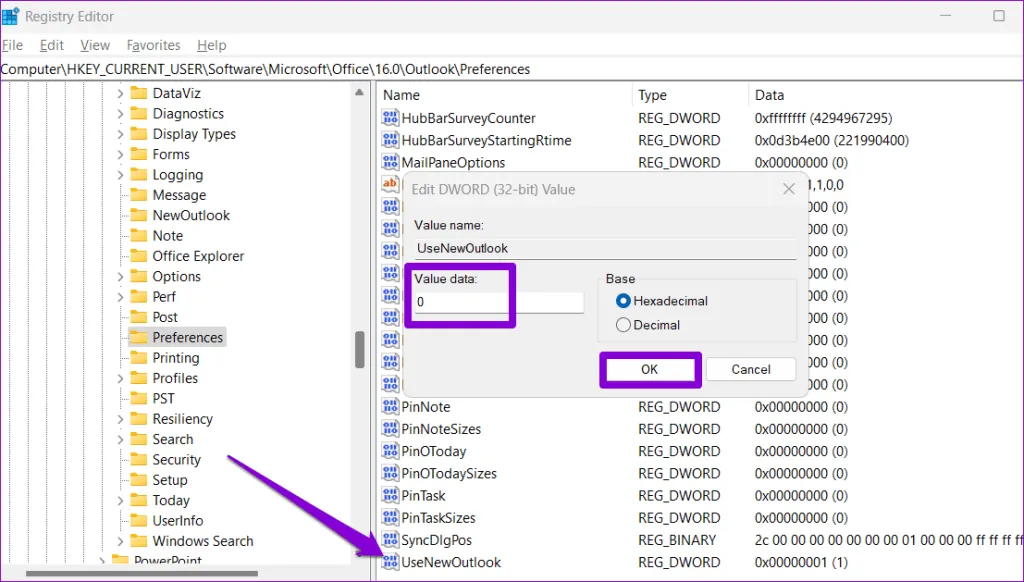
Once you follow these procedures, your Windows 10 or 11 machine should revert to the classic Outlook version.
4. Remove the New Outlook App (Windows)
If you are not intending to switch between the new and classic Outlook versions, uninstalling the new Outlook app from your Windows computer can also provide access to the classic version. Don’t fret; this process won’t compromise your Outlook data or affect other Office applications.
To uninstall the new Outlook app from Windows, follow these steps:
Step 1: Click on the Start menu, then select the gear icon to access Settings.
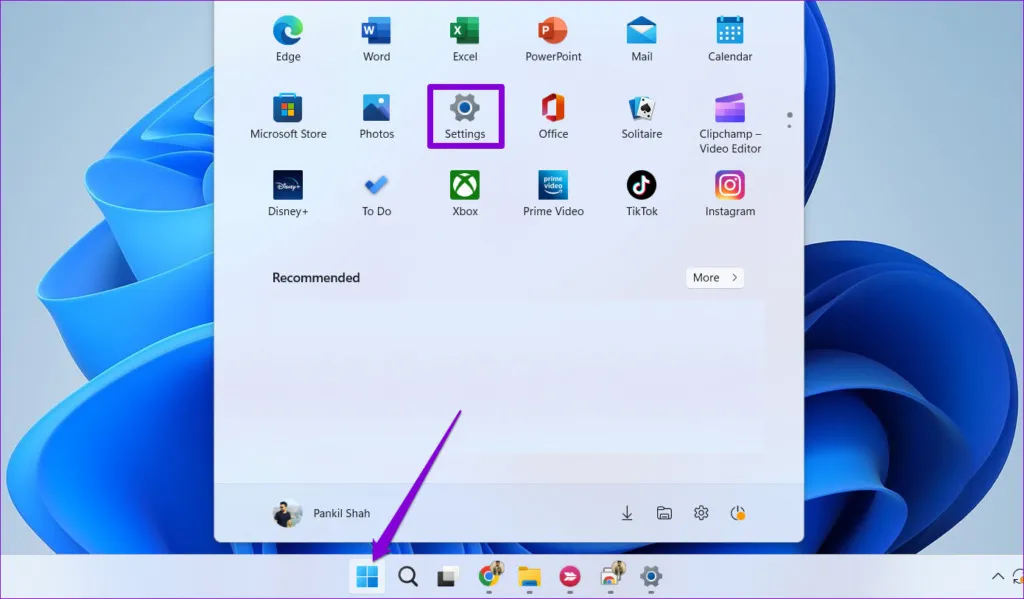
Step 2: Transition to the Apps tab in the left sidebar and click on Installed apps.
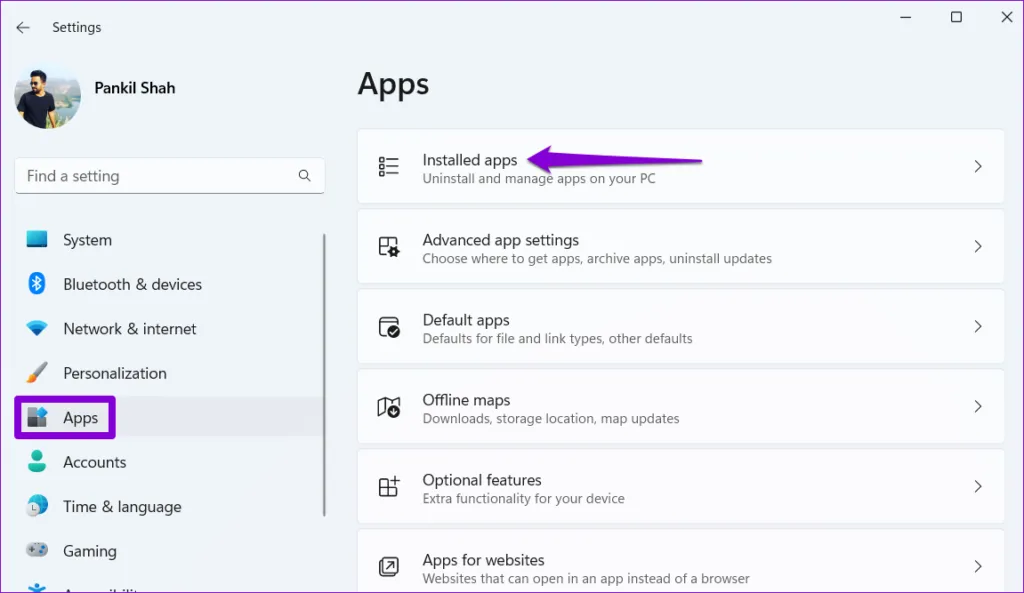
Step 3: Locate Outlook (new) either by scrolling or using the search function, click the three-dot icon alongside it, and select Uninstall.
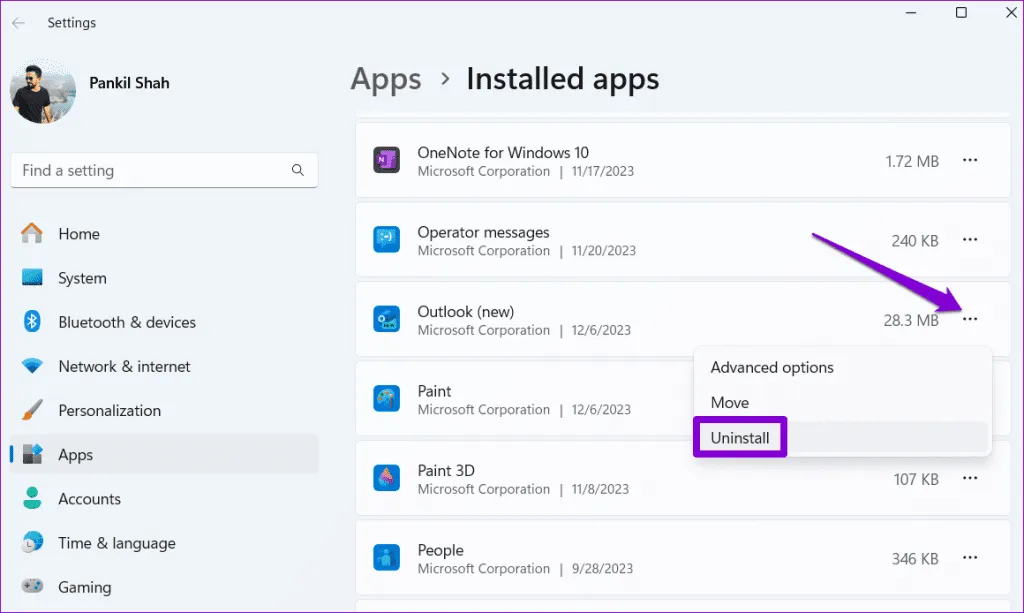
Step 4: Confirm by selecting Uninstall again.
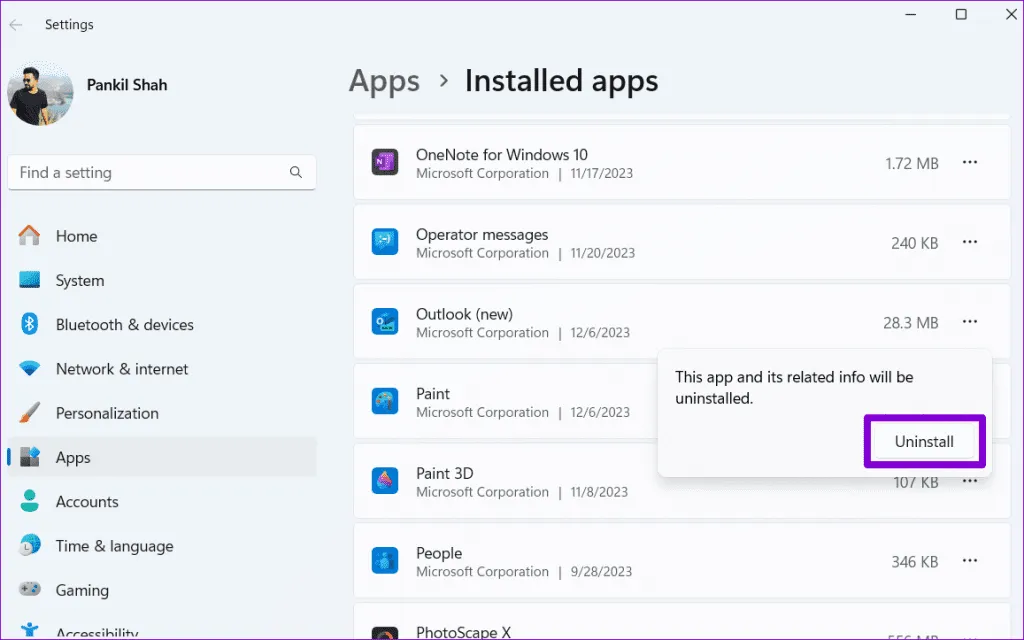
After removing the app, you can return to using the classic Outlook application on your PC as before.
Returning to Classic
The absence of features such as the classic ribbon interface, email templates, and limited add-in support in the new Outlook app can be a significant drawback for many users. Fortunately, reverting from the new Microsoft Outlook app to the classic version is relatively straightforward using the methods outlined above. Additionally, you can explore the new Outlook at your leisure if you decide to give it another try.
Images Credit: Guidingtech.com